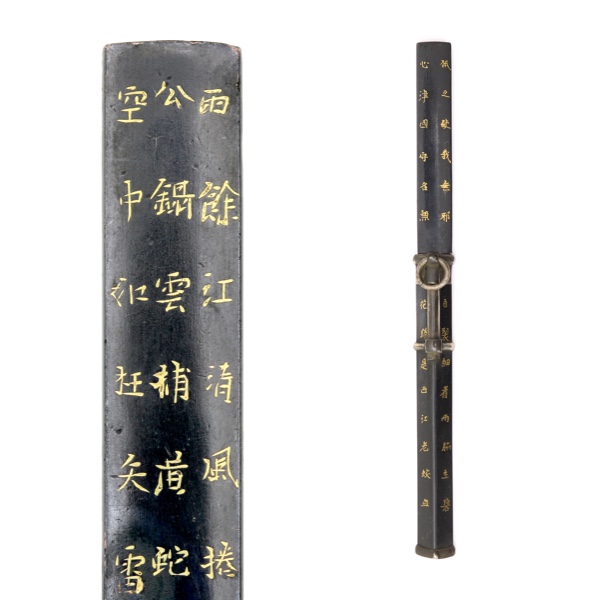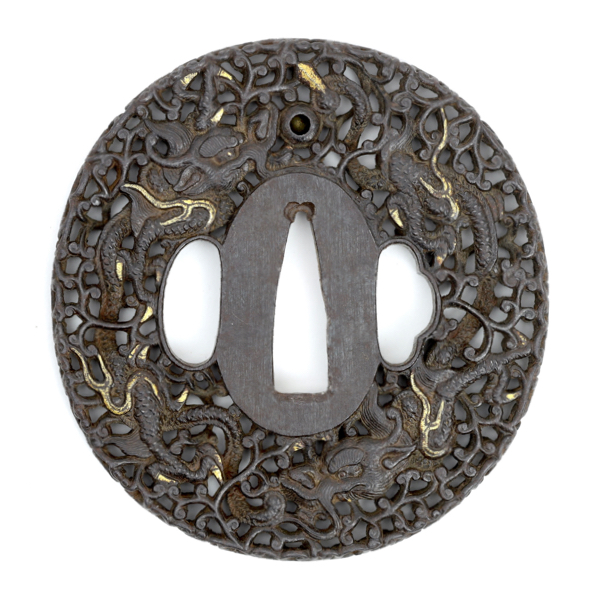
Yagami school nanban tsuba
The Yagami school were excellent carvers of iron, known for their 1000 monkey designs.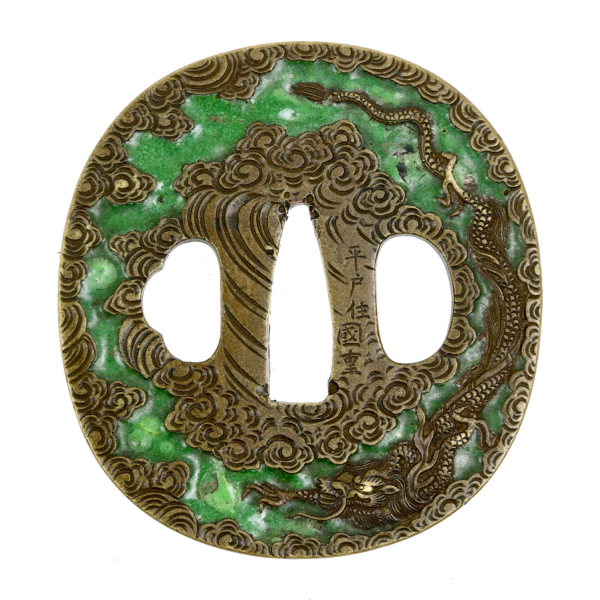
Enamelled Hirado Kunishige tsuba
Fine work and one of the very few enamelled tsuba by this maker.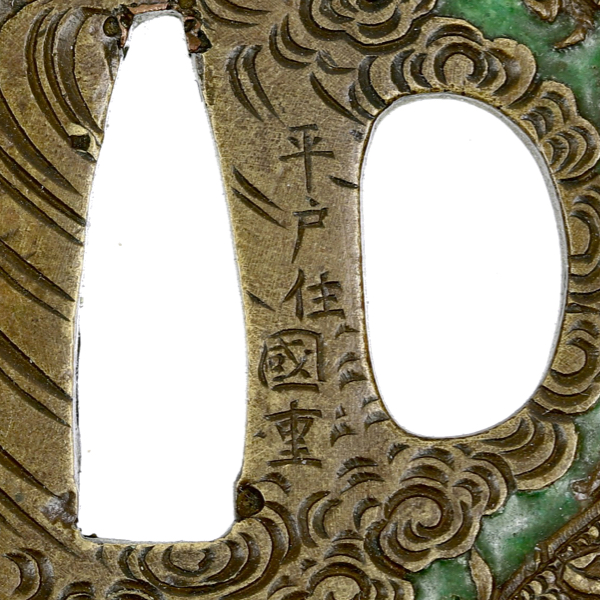
Hirado Kunishige (平戸市國重)
A group of Japanese sword fitting makers working on the island of Hirado.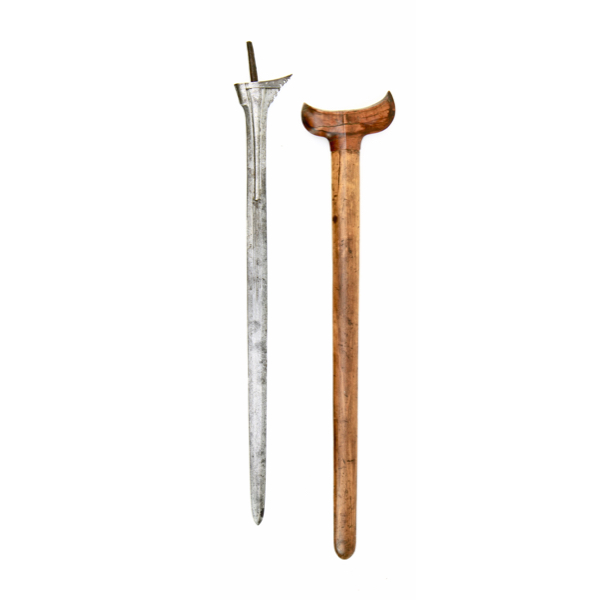
European sword blade keris
In the style of a Malay keris panjang.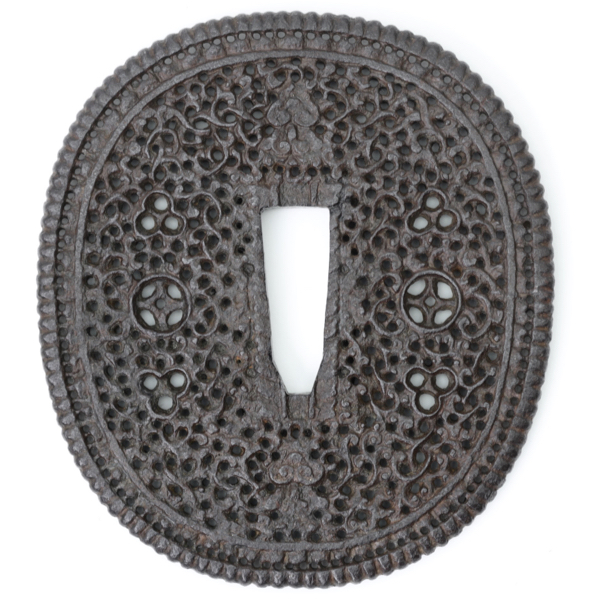
Yidao guard
Exceptionally large pierced iron guard for a Chinese yidao; "virtuous saber".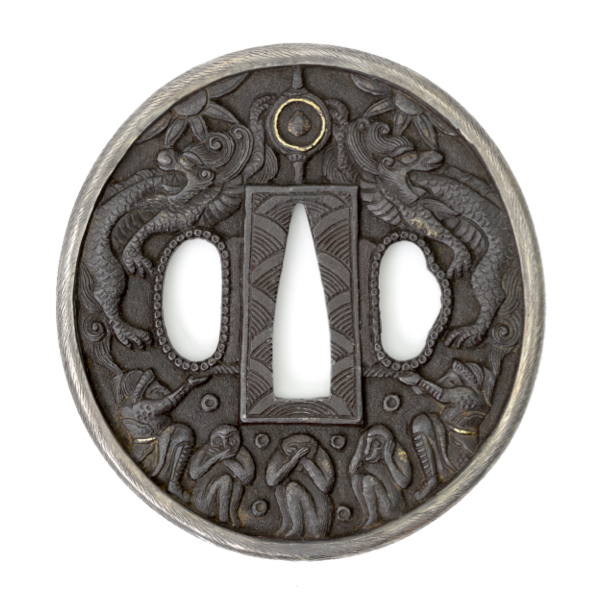
Three wise monkeys tsuba
Japanese sword guard depicting three wise monkeys conveying the message see no evil, hear no evil, speak no evil.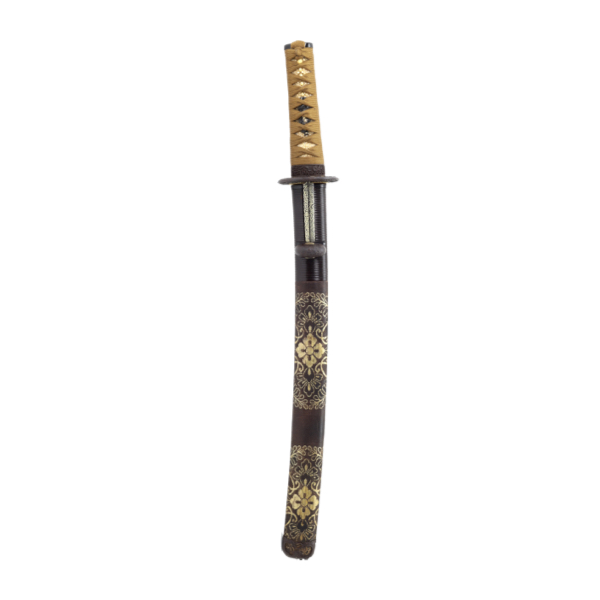
Shimosaka o-tantō
N.B.T.H.K. Hozon with a set of Nanban-style koshirae with signed tsuba.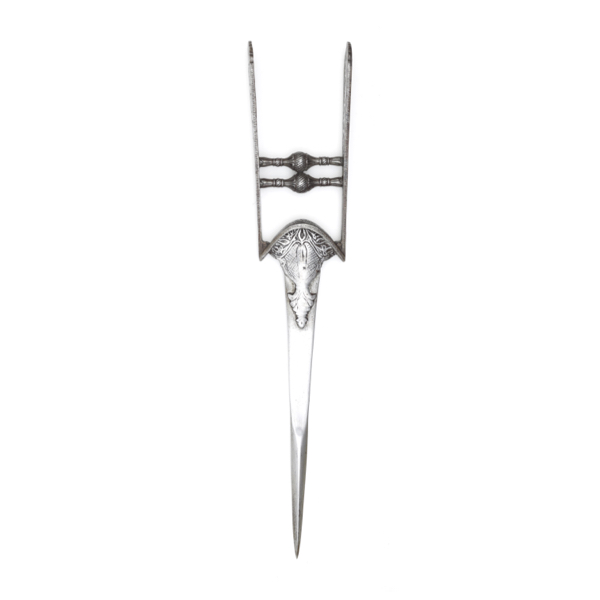
Southern katar with thick point
The blade with an extremely thick point on a very thin blade.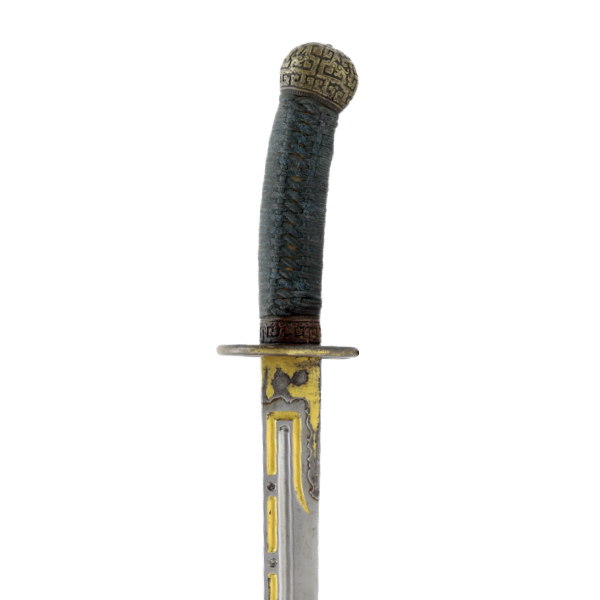
Qing peidao with gold grooves
With fine 18th century blade that combines many stylistic features.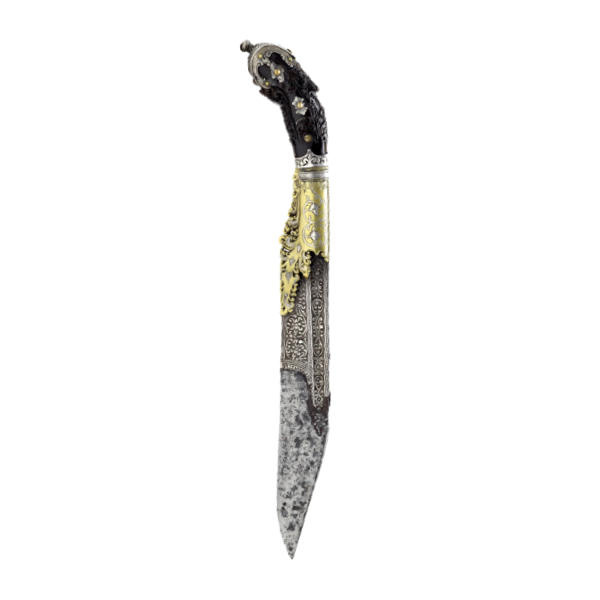
Sinhalese pihiya
A beautiful black coral hilted example, made in the King's workshops.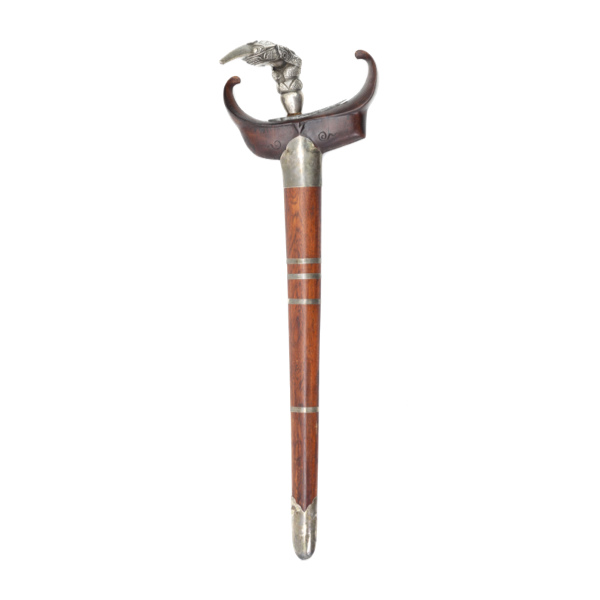
Silver hilted keris coteng
A textbook example of this rare and early type of keris.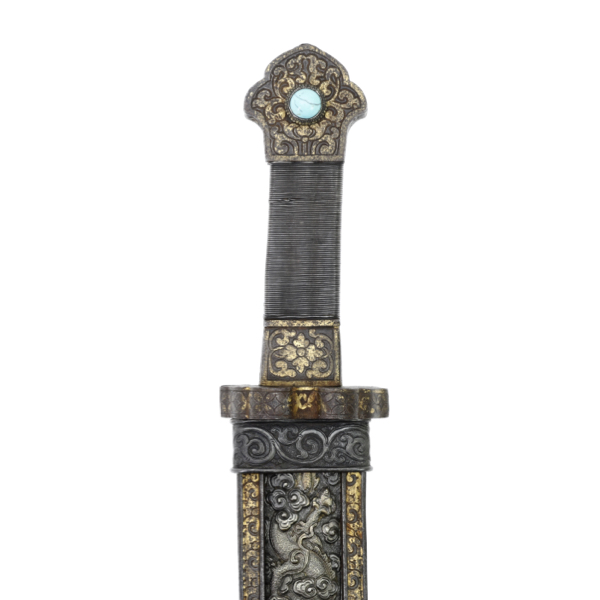
Tibetan cavalry dpa'dam
With massive blade and silk brocade decorated scabbard.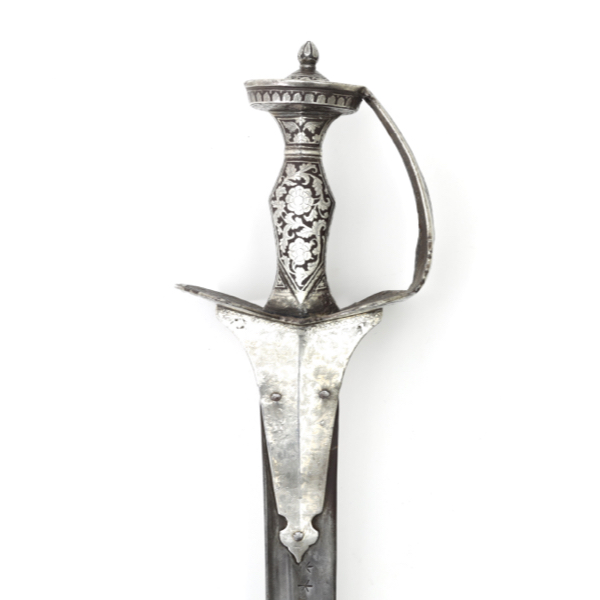
Deccan firanghi with silver overlay
The basket hilt is elaborately overlaid with silver in floral designs.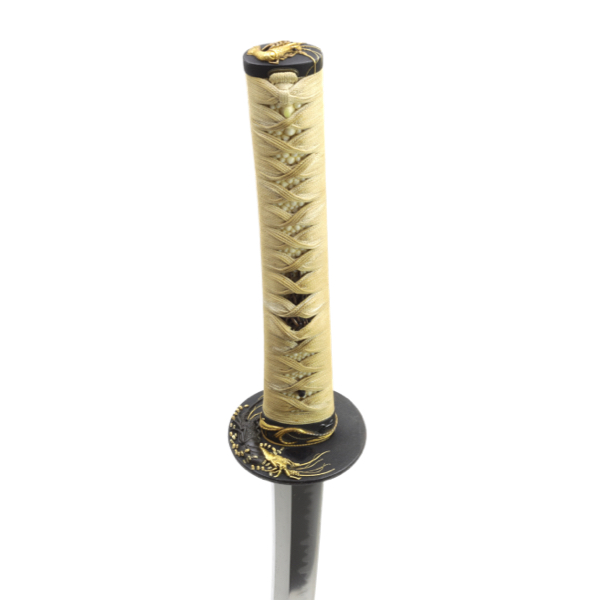
Jumyo katana with fine koshirae
The very detailed mountings are decorated with designs of Japanese spiny lobsters.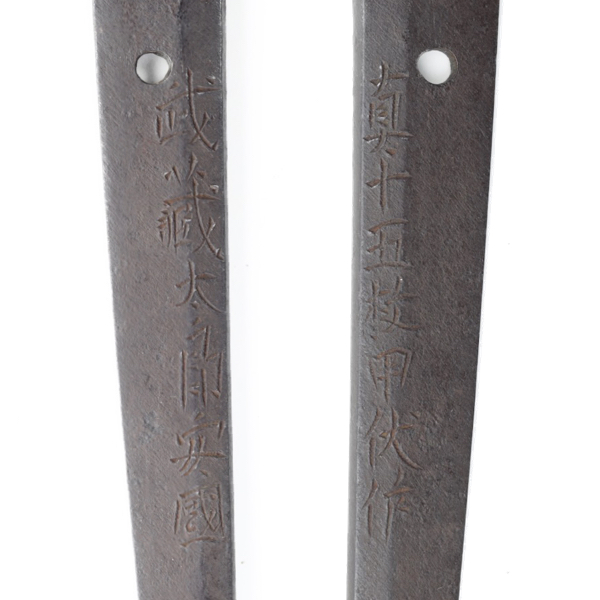
Musashi Taro Yasukuni (武蔵太郎安国)
A Japanese swordsmith who lived between 1650-1730.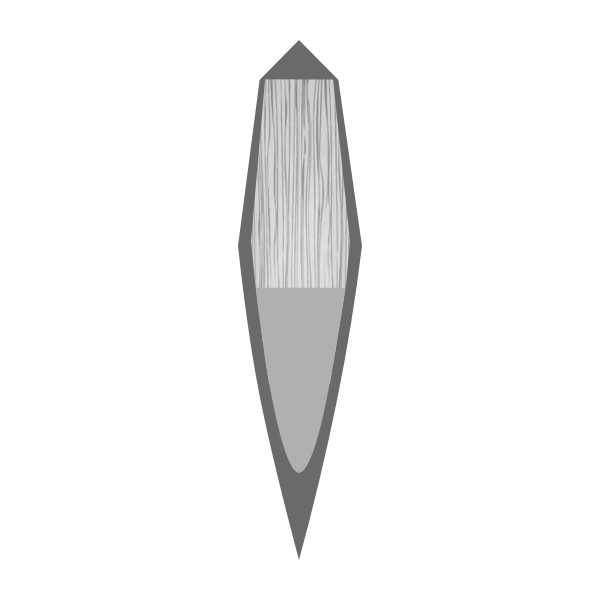
Shin jūgomai kōbuse-gitae (真十五枚甲伏鍛え)
Japanese sword construction that is was found inscribed on some tangs.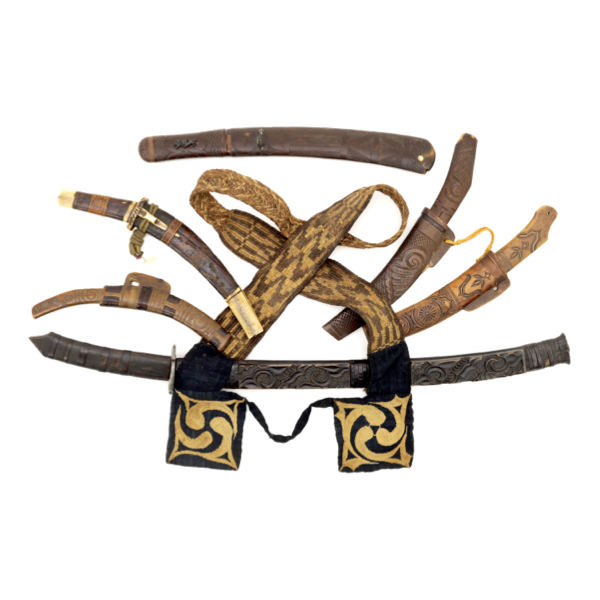
Knives and swords of the Ainu
19th-century ethnographers noticed that they had no iron production and relied solely on trade for articles like knives and swords. However, archaeologists found iron working facilities in 1988 and 1990.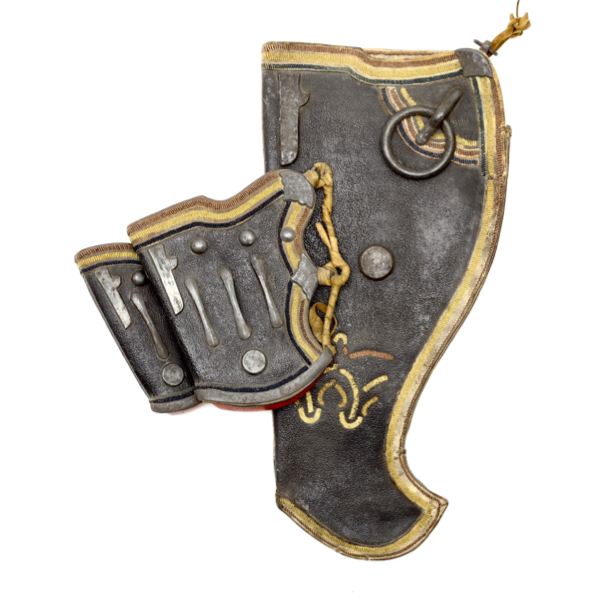
Korean bowcase & quiver
A very rare matching set of Korean bowcase and quiver.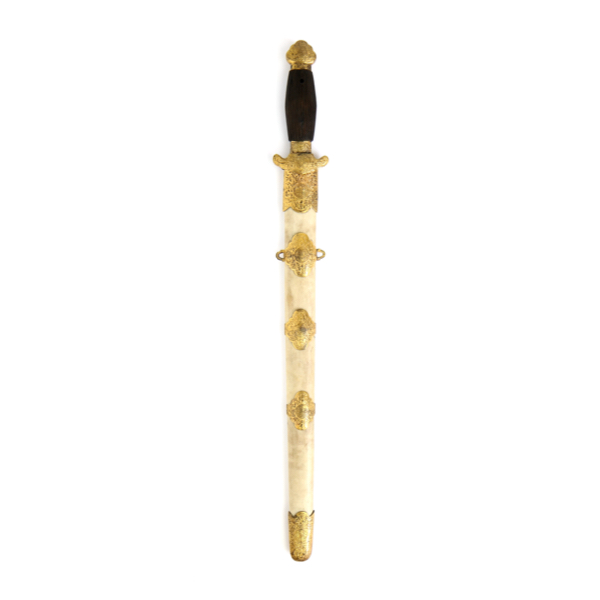
Gilt duanjian with foreign blade
Unusual Chinese duanjian with fine gilt mounts and a blade of non-Chinese origin.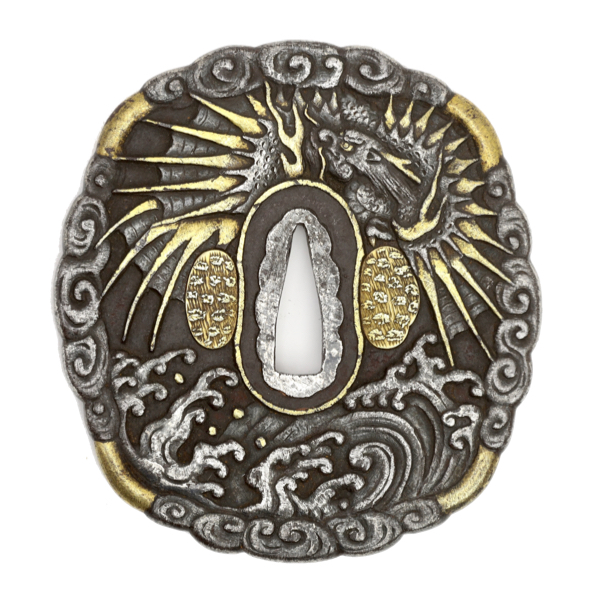
Winged dragon tsuba
A fine and unusually large tsuba. Attributed to Hizen by the NBTHK.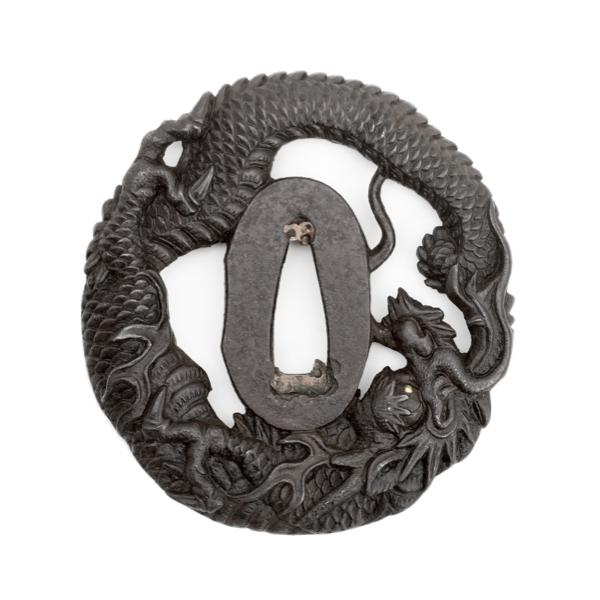
Fine Kinai dragon tsuba
Made by the Kinai group of Echizen, who originated as horimono carvers.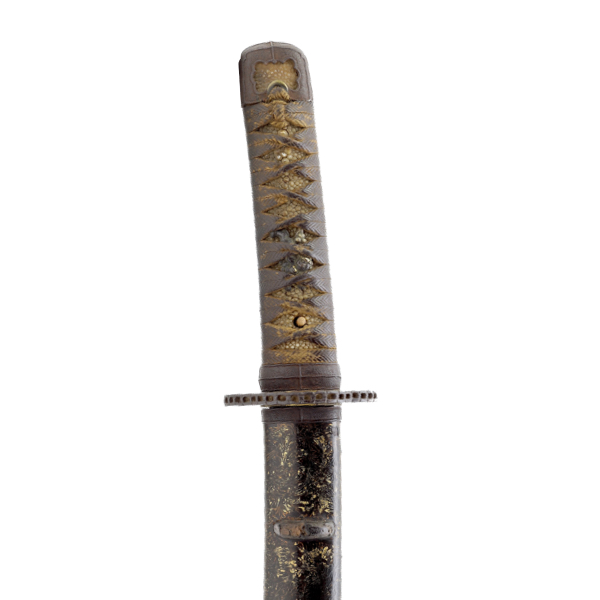
Handachi mounted wakizashi
With Nanban-style guard and kozuka. Signed Fujiwara Hisayoshi.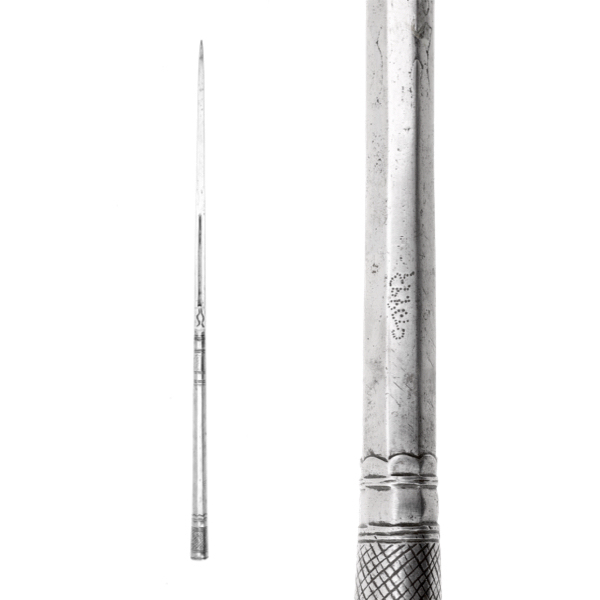
Bikaner lance head
With square cross-section point and several Bikaner armory markings.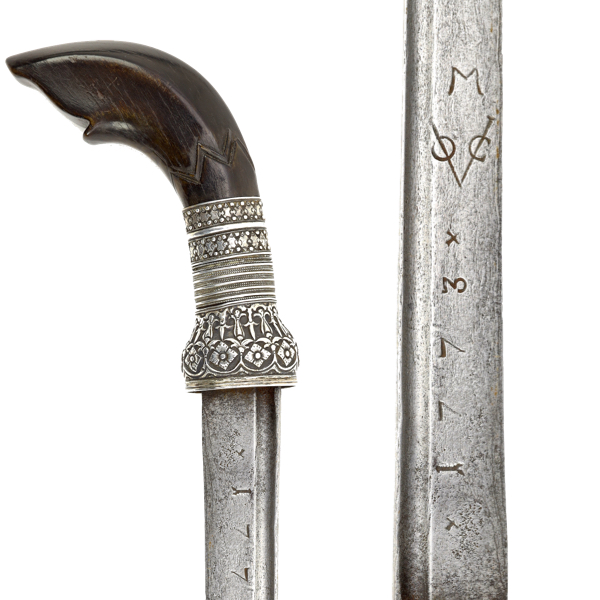
Sulawesi sword with VOC blade
A very good sword from South Sulawesi (Celebes) with silver mounts and a dated VOC blade.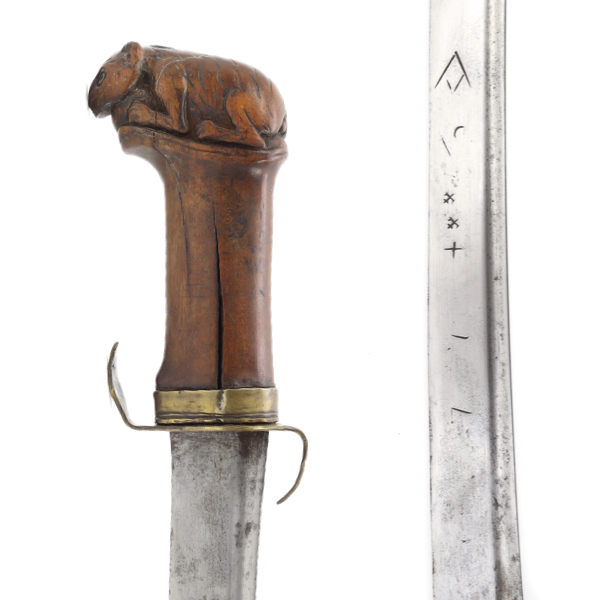
Tiger hilt sword with VOC blade
With Dutch VOC blade, marked with the Amsterdam monogram.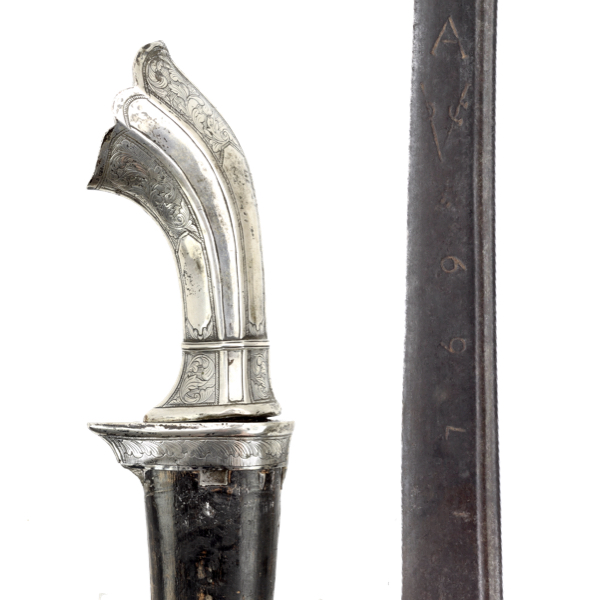
Preanger sword with VOC blade
Blade marked with VOC Amsterdam monogram, and the year 1769.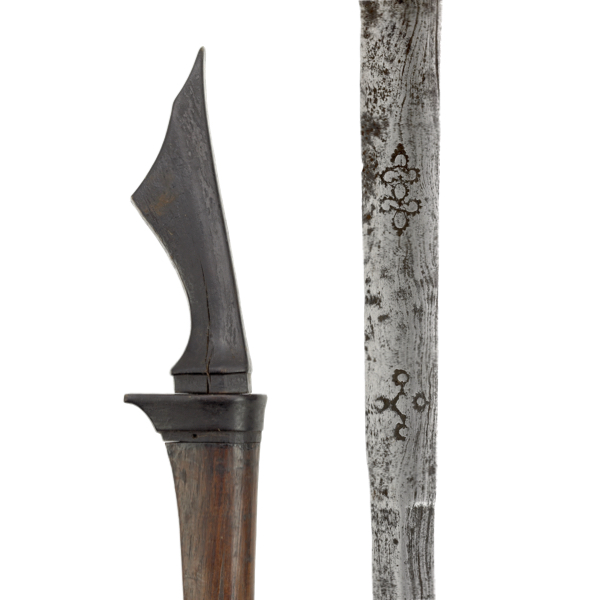
West-Javanese stiletto dagger
Early piece with an unusual European-style stiletto blade.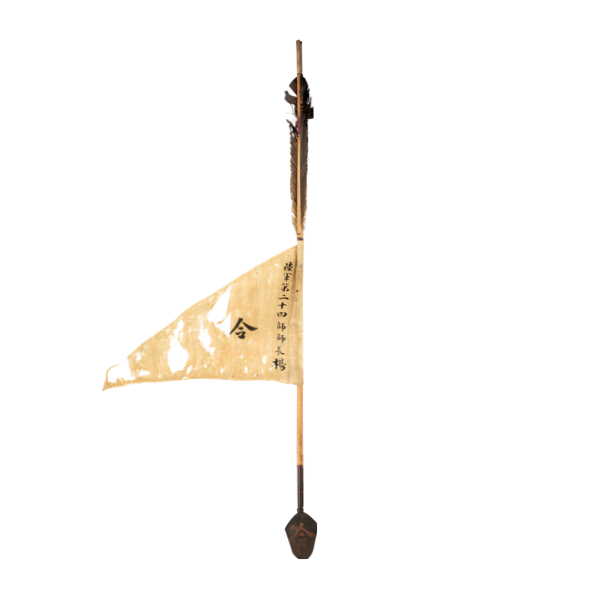
Lìngjiàn (令箭) or "Command Arrow"
A special arrow used to prove one's authority.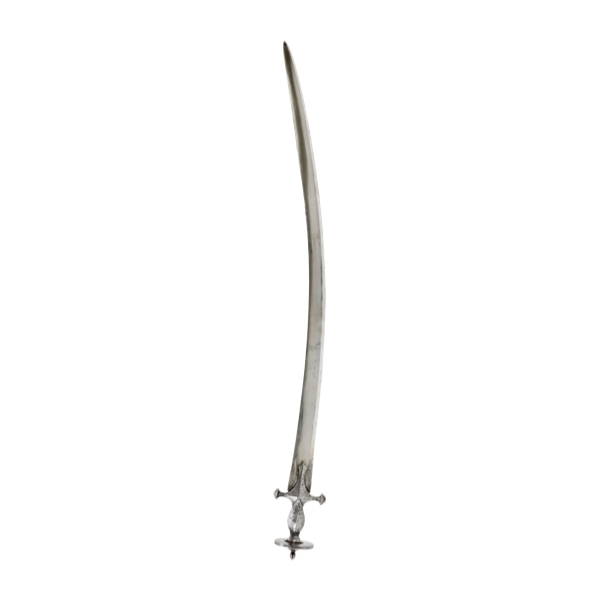
Sirōhī (सिरोही)
A town in Rajasthan known for its blade making industry, as well as a type of sword.
Bhutanese shortsword
From the P. Holstein collection, published in 1931.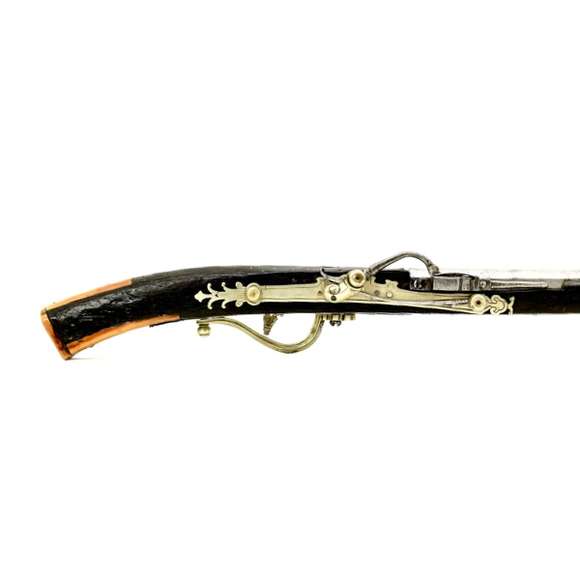
Súng hỏa mai
Vietnamese word for matchlock musket.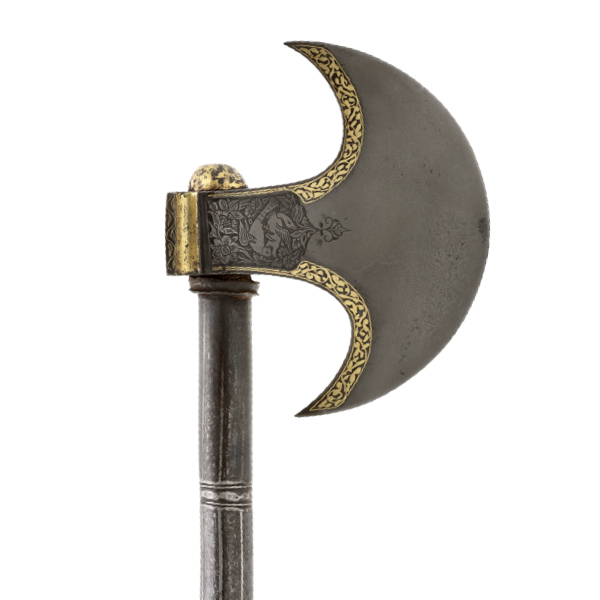
Persian wootz axe
With fine chiseled decoration and largely intact koftgari.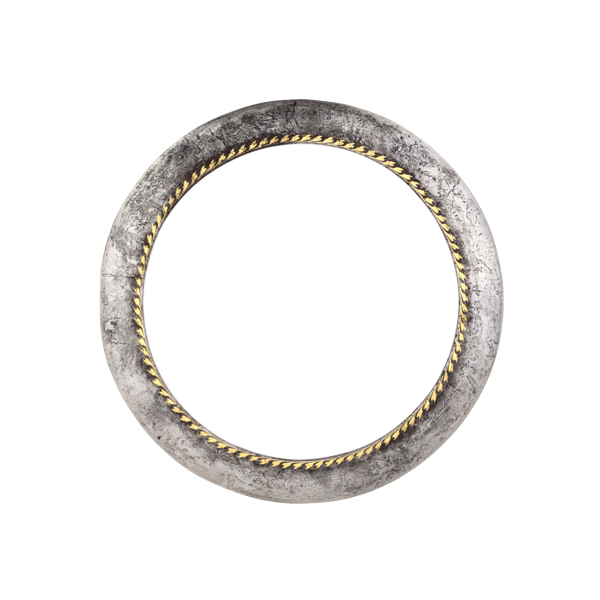
Heavy Sikh chakram
Traditionally associated with Vishnu, it was an essential piece of equipment for the Sikh nihang.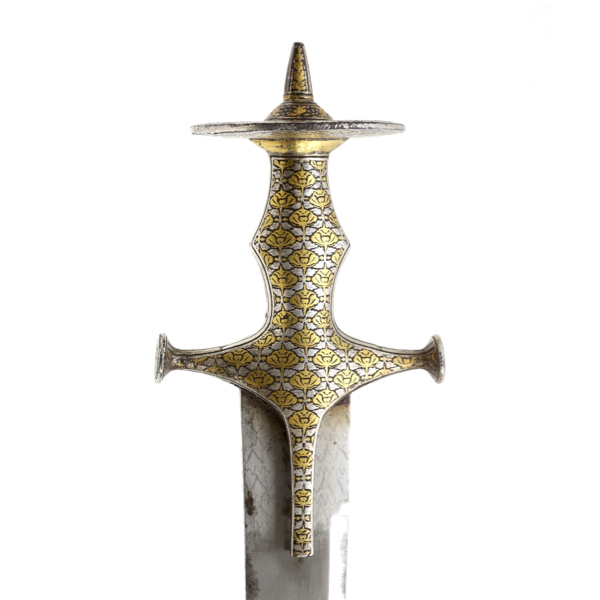
Talwar of Mohta Bakhtawar Singh
A fine Marwari talwar presented to the Dewan (chief minister) of Bikaner in 1756 A.D.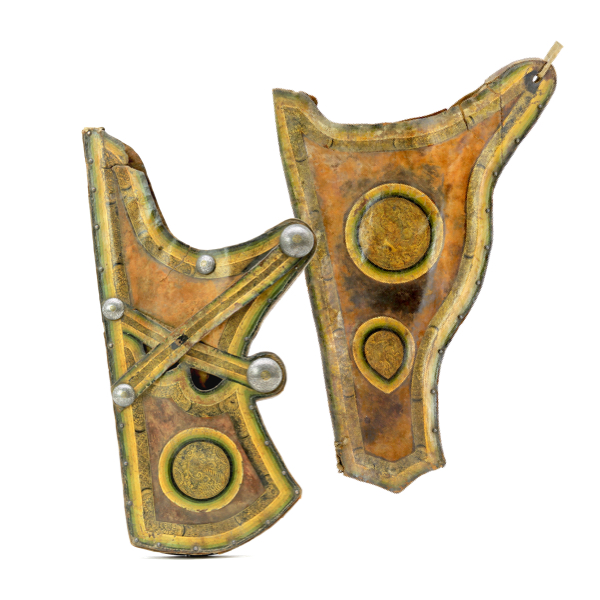
Tibetan bowcase & quiver
A matched set of lacquered leather, finely decorated with gradient colors and black and gold detailing.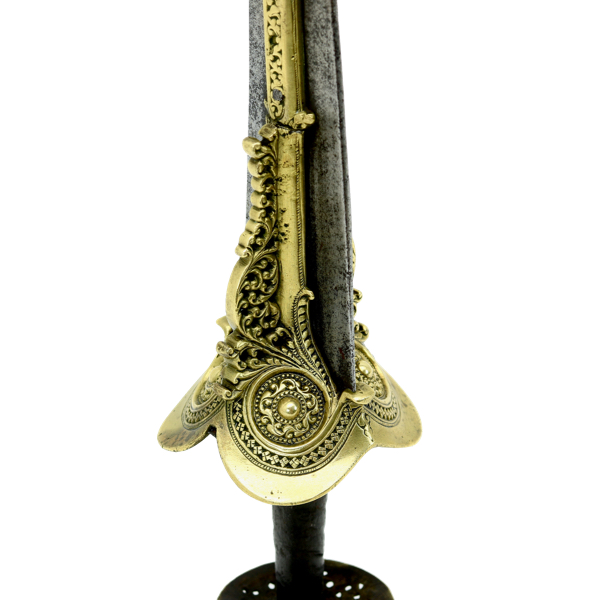
Nayar ritual sword
An unusually ornate iteration of the design, intended for Hindu ceremonies.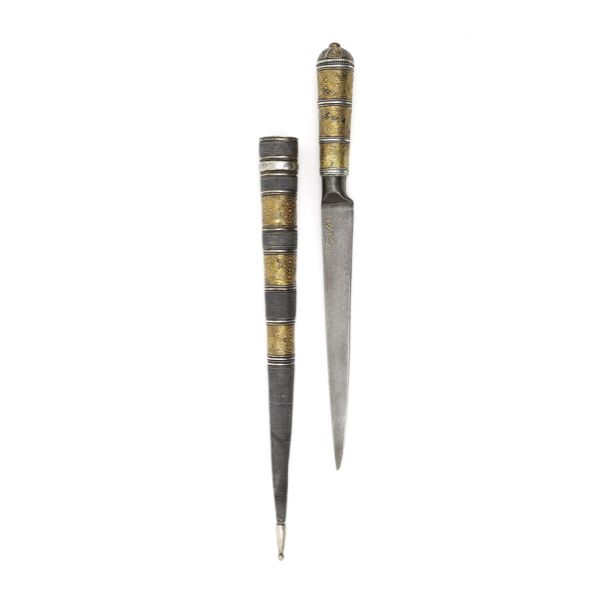
Central Asian dated kard 1709
With wootz blade inlaid in gold with the name of the maker and the owner.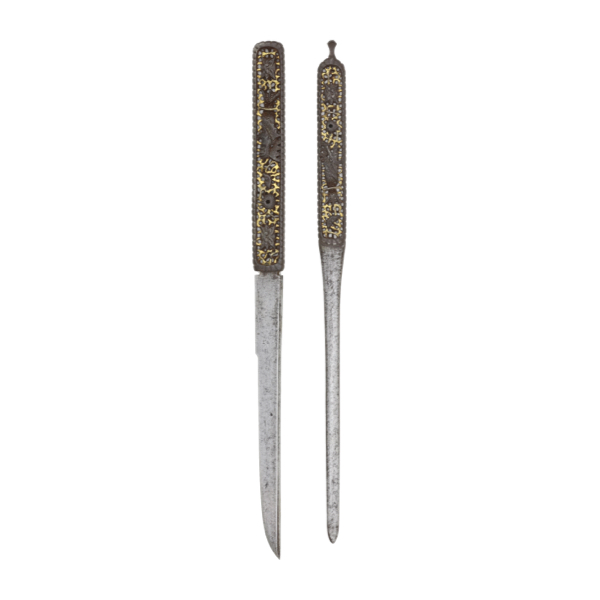
Nanban kogai & kozuka set (futakoromono)
The only set of its type known to me in both private and museum collections.